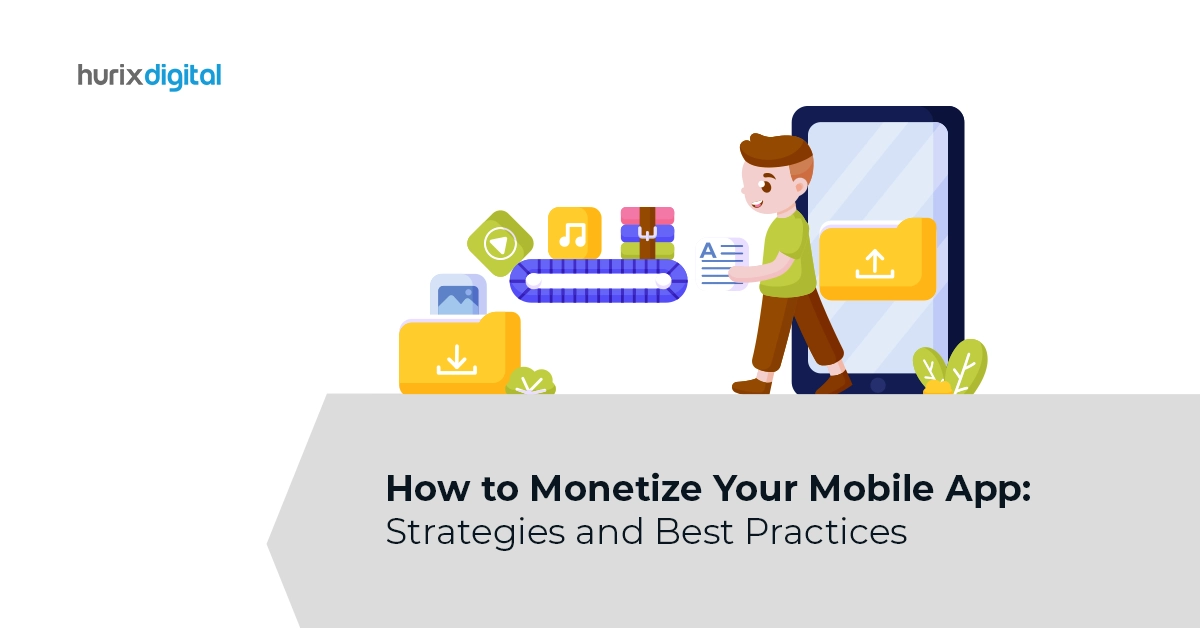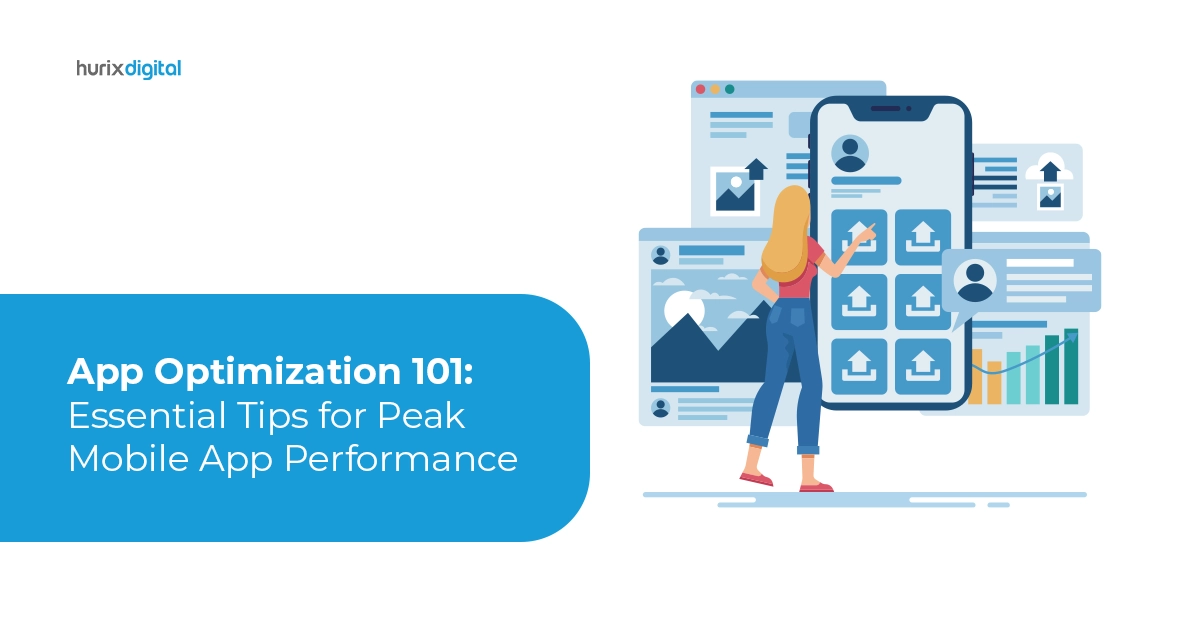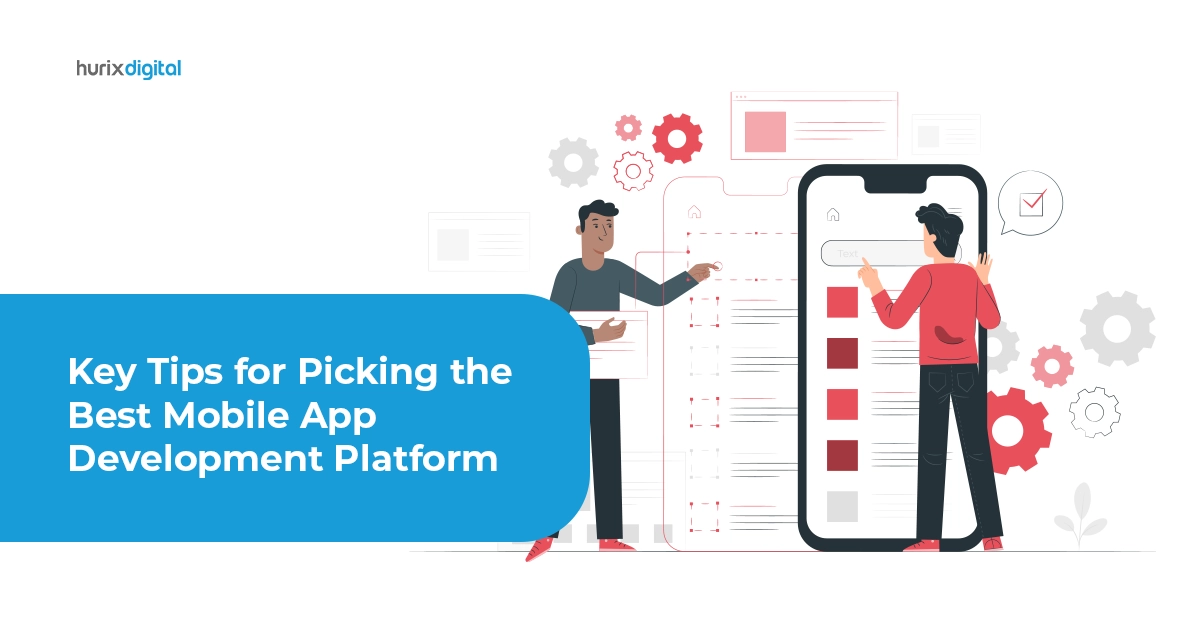
Understanding How to Monetize Mobile Apps Seamlessly
Summary
This article elaborates on app monetization, its essential elements, key strategies, and best practices to help developers effectively tap into the revenue potential of their mobile apps.
Mobile connectivity has become a pillar in an ever-changing digital landscape. Irrespective of geographical barriers, businesses and personal users worldwide have become accustomed to consistent and equal access to tools, entertainment, and communication platforms as the latest bare minimum. This powerful demand creates a strong demand for relevant applications to be delivered on mobile devices for the easiest access.
With an average of 52,000 Android and 37,000 iOS apps released into the market, the mobile app industry is booming to reach a market size of $673.80 billion by 2027. These are clear signs of an ideal space designed for revenue.
Despite the vast room for growth, many are unable to monetize mobile apps and convert their potential revenue into a reality. To equip you with the right information and assistance, this article elaborates on app monetization, its essential elements, and top monetization platforms. We will also cover key app monetization strategies and practices to help you effectively tap into your mobile app’s true monetization caliber.
Table of Contents:
- App Monetization and the Key Factors That Decide Strategy
- Selecting the Right App Monetization Platforms
- App Monetization Platforms That Are Most Effective
- Key Strategies to Monetize Mobile Apps
- 6 Best Practices for Effective App Monetization
- Monetizing the Quality You Deliver
App Monetization and the Key Factors That Decide Strategy
App monetization is the process of turning your mobile app’s users into a sustainable source of income. It occurs when users make purchases to access the app’s value.
The success of your monetization strategy hinges on numerous elements. Here are four key elements that define what ways to monetize apps fit your mobile app best:
- Target Audience: A deep understanding of your users is vital in defining your strategy to monetize mobile apps. User demographics, interests, behavior, and pain points determine their willingness to make a purchase and highlight which monetization methods are likely to resonate.
- App Category: The type of app defines the best approaches for maximum revenue. Categories such as games, productivity tools, and entertainment apps each have different monetization strategies.
- Value Proposition: Your app’s unique features appeal to users. The clear, compelling value drives users to find it worth paying for and also gives you a peek into how intensive your monetization strategy should be. These could be exclusive features, convenience, entertainment, or problem-solving.
- Pricing Model: Understanding your users’ spending habits allows you to allocate the right resources and methods. Pricing models that are too high can deter users, while pricing too low can burn your resources or even lower brand value.
Also Read: The Pros and Cons of Hybrid Mobile App Development
Selecting the Right App Monetization Platforms
Integrating your strategies with the right app monetization platforms is vital in deriving tangible results. Here is what an app monetization platform brings to the table when you choose to monetize mobile apps:
- Ad Mediation: These platforms connect your app to multiple ad networks simultaneously. This maximizes your ad fill rate and optimizes revenue by selecting the highest-paying ad at any given moment.
- Advanced Analytics: They provide detailed reporting on ad revenue, user engagement metrics, and performance across different ad networks.
- Demand Expansion: They open your app to a wider pool of advertisers, boosting your market presence and driving higher revenue.
- A/B Testing: Platforms facilitate experimentation with different ad formats and placements to determine the most effective monetization strategies for your app.
- Additional Tools: They also feature user segmentation tools, cross-promotion networks to promote other apps, and in-app purchase management capabilities.
App Monetization Platforms That Are Most Effective
Based on the key advantages mentioned above, here are the top five mobile app monetization platforms:
1. Google AdMob
With various ad formats and integration tools, this platform is well-suited for those prioritizing ease of use and Android app monetization. It is a great monetization platform with seamless integration with the Google Play Store.
2. Meta Audience Network
If your target audience aligns with Facebook or Instagram demographics, this platform offers highly targeted ads based on social media data, allowing for precision in ad campaigns.
3. AppLovin
This platform is known for engaging ad formats and user acquisition tools and excels in rewarded video ads. These ads can be less disruptive to gameplay and offer a strong value exchange for users. It is also great for developers looking to grow their user base while monetizing their apps.
4. Unity Ads
Integrated deeply with the Unity game engine, it offers immersive ad formats within games. It is perfect for game developers seeking high-quality, seamless monetization experiences that minimize gameplay interruption.
Key Strategies to Monetize Mobile Apps
With the right factors in place and the platform set up, implementing the right strategy is the final step to monetizing your app.
Here are four strategies that help you effectively monetize mobile apps:
1. In-App Purchases (IAP)
This strategy involves allowing users to buy items directly within your app. The items are often of two types:
- Consumables: Virtual items used up, like in-game currency or extra lives in the gaming app
- Non-consumables: Permanent unlocks, like premium features or ad removal
Adopting IAP as a strategy is most effective for gaming or as a preface to using certain premium features. It enhances the user experience by offering options for customization, faster progress, or simply supporting the app while generating direct revenue for the developer.
2. Advertising
Displaying ads within your app can be very lucrative if you get it right. This strategy delivers ads based on personalized user data. These ads are relevant to your audience, improving click-through rates and engagement even during advertising.
However, considering users may abandon the app with too many ads or interrupted app usage, it is vital to remember that advertising can potentially disrupt the user experience.
Here are some popular ad formats in this strategy:
- Banners: Static ads at the top or bottom of the screen
- Interstitials: Full-screen ads between transitions
- Video Ads: Short videos users can often skip
- Native Ads: Fitting the app’s look and feel, making it less intrusive
- Rewarded Ads: Users preferring to watch in exchange for in-app rewards
3. Freemium Model
The Freemium app strategy offers a basic version and encourages users to upgrade for premium features or content. By eliminating upfront payment, this approach can potentially expand your user base.
Popular freemium models include limited features, ad-supported free versions, and limited usage. Examples include photo editing, cloud storage, and language learning apps.
4. Subscriptions
Subscriptions offer a predictable, recurring revenue stream. It provides exclusive content, features, or benefits available only to paid subscribers. This model works well for apps with regularly updated content or continuous utility.
Examples include music or video streaming apps, fitness apps, and news or magazine subscriptions.
6 Best Practices for Effective App Monetization
Irrespective of the strategy you adopt, here are six essential practices that help keep your app monetization model stable and effective:
- Start Early: Plan your monetization strategy during development for seamless integration.
- Highlight Value: Users will only pay if they see clear value in your premium offerings or ad removal. You can also allow your users to experience your premium features for a free trial period.
- Flexible Pricing: Experiment with various price points to find the most preferred options. Also, make sure to offer numerous subscription periods, such as monthly, quarterly, and annual billing.
- A/B Testing: Test different ad placements, formats, and pricing to boost results.
- Analytics Are Key: Track key metrics like downloads, user engagement, and retention. With insights from such data points, you can identify scope for improvement to optimize your strategies.
- Stay Updated: The mobile app market evolves rapidly along with the numerous mobile software developments. You must adapt your strategies to industry trends and best practices.
Also Read: What is Mobile Accessibility? Understanding its Benefits & Importance
Monetizing the Quality You Deliver
As this article has covered, the growth of the mobile app industry is strong and steady. Those who deliver high-quality applications most definitely deserve to realize the potential revenue.
By considering the key factors that influence how you must monetize mobile apps, along with the key strategies such as ad placement, subscription, and freemium model strategies, you can generate regular sources of income from the hard work and creativity you put into designing your app.
That said, creating the right blend of strategies to monetize mobile apps will require a great deal of focus and resources. This is best executed with the help of digital solution experts who understand your needs and the mobile app’s advantages.
Our web and application development team at Hurix Digital is the perfect fit for unlocking your app’s revenue potential. So contact us now to get ahead of the competition!

Currently serving as the Vice President of Technology Delivery Operations at HurixDigital, a prominent global provider of digital content and technology solutions for publishers, corporations, and educational institutions. With over 16 years of experience spanning EdTech and various domains, I hold certification as a SCRUM Product Owner (CSPO). My expertise includes operations, finance, and adept people management skills.







